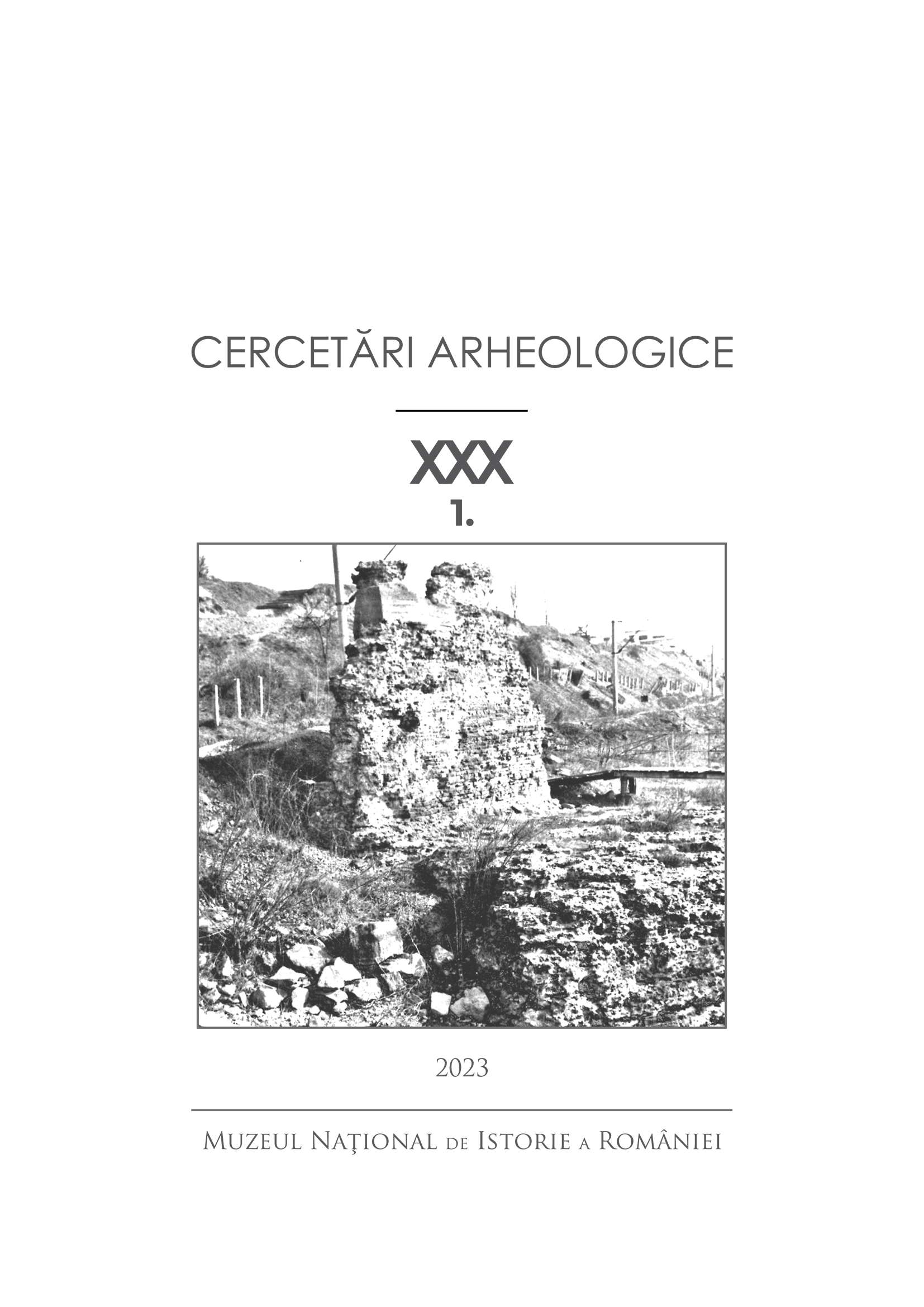Cultul Muzelor în coloniile milesiene de la Pontul Euxin
The cult of the Muses in the Milesian settlements at the Pontus Euxinus
Author(s): Remus Mihai FeraruSubject(s): History, Archaeology, Ancient World
Published by: MUZEUL NAȚIONAL DE ISTORIE A ROMÂNIEI
Keywords: cult; Muses; Mouseion; Istros; Olbia;
Summary/Abstract: Our study focuses on the cult of the Muses in the Milesian settlements on the shores of the Pontus Euxinus. This research is based on the analysis of epigraphic sources and some archaeological documents (statues of some Muses). An honorary decree discovered at Istros, dating from the middle of the 3rd century BC, mentions a Μουσεῖον, from which we can deduct the existence, since Hellenistic times, of a cult of the Muses in the oldest Greek colony on the western shore of the Pontus Euxinus. The Histrian decree in honor of Diogenes, son of Diogenes tells us that the father of the beneficiary of the decree, Diogenes, son of Glaukias, had dedicated a sanctuary to the Muses (Mouseion) and offered 300 staters for the sacrifices made on the occasion of the feast of Mouseia and for the banquet offered to the citizens. In virtue of this, the decree stipulates that Diogenes, the son of Diogenes, and his descendants be accorded the hereditary priesthood of the temple of the Muses. The text of the decree implies that the priesthood invested in Diogenes is public, which justifies the supposition that, before the decree was issued, the cult of the Muses may have been a private cult in Istros, being practiced only within the family of its founder. As for the Istrian Mouseion, it is clear that it was a place of worship dedicated to the Muses, at first as a private sanctuary of Diogenes, son of Glaukias, and later ceded to the fortress by the founder’s son after his investiture with the public priesthood of the Muses. The cult of the Muses has recently been attested in Olbia by several archaeological and epigraphic documents discovered in a monumental house with an altar, located in the northern quarter of the ‚lower town’, where a sanctuary of the Muses (Mouseion) is supposed to have been located. A decisive argument in this regard is a graffiti engraved on an attic vase in black firnis found by chance in 2004 in the supposedly Olbian Mouseion, where the word [ΜΟΥ]ΣΕΙΟΝ, i.e. [Mo]υσεῖον, could be read. Two other graffiti and a fragmentary marble statue of a muse suggest that the house with a large courtyard and a shrine in the northern quarter of the ‚lower town’, from which these documents originate, could be a kind of private Mouseion.
Journal: Cercetări Arheologice
- Issue Year: XXX/2023
- Issue No: 1
- Page Range: 181-188
- Page Count: 8
- Language: Romanian

